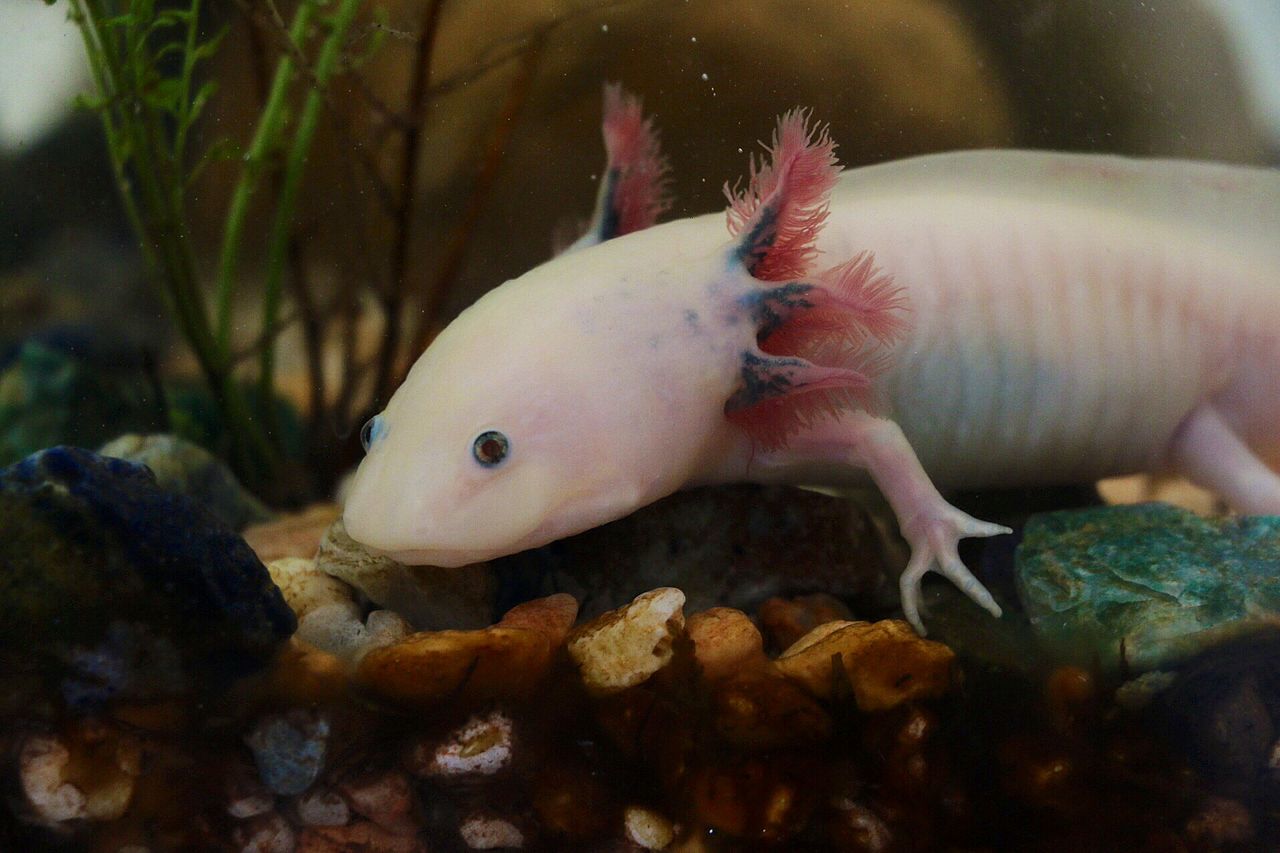In the realm of aquatic oddities, few creatures captivate the imagination quite like the axolotl. Often referred to as the “Mexican walking fish,” this aquatic salamander possesses a remarkable and downright bizarre superpower: the ability to regenerate its own body parts.
Habitat and Appearance: A Quirky Aquatic Marvel
The axolotl, native to the ancient lakes of Mexico, boasts a distinctive appearance with feathery external gills, a wide smile, and a perpetually cute, juvenile-like appearance. Unlike other amphibians, axolotls retain their aquatic larval features throughout their entire lives, a phenomenon known as neoteny.
The Astonishing Feat: Limb Regeneration Beyond Imagination
What truly sets the axolotl apart, however, is its unparalleled regenerative abilities. While some animals can regenerate certain body parts, the axolotl takes this ability to a whole new level. If an axolotl loses a limb, part of its heart, or even a portion of its brain, it can regrow the lost tissue with astonishing precision.
Scientists have been studying the axolotl’s regenerative powers for years, seeking insights that could potentially revolutionize regenerative medicine for humans. The creature’s ability to regrow complex structures, including spinal cords and organs, is a testament to the intricate mechanisms of cellular regeneration that remain a mystery to scientists.
Neoteny and Perpetual Youth: A Unique Evolutionary Strategy
Axolotls achieve this extraordinary feat through a process called neoteny, where they retain juvenile characteristics into adulthood. Unlike other salamanders that undergo metamorphosis and transition to a land-based lifestyle, axolotls remain aquatic and maintain their regenerative prowess throughout their lives.
The evolutionary advantages of neoteny for the axolotl include an extended period of growth, increased reproductive opportunities, and the preservation of a habitat ideally suited for their unique regenerative abilities.
Conservation Challenges: Threats to the Marvelous Axolotl
Despite their astonishing abilities, axolotls face significant conservation challenges. Pollution, habitat destruction, and the introduction of non-native species have led to a decline in their natural habitats. In recent years, efforts to conserve and protect these fascinating creatures have gained momentum, with researchers and conservationists working to ensure the survival of the axolotl in its native environment.
Conclusion: A Window into Nature’s Wonders
The axolotl’s story is not just one of scientific intrigue but also a reminder of the boundless wonders that nature conceals. As we marvel at the axolotl’s regenerative marvels and perpetual youth, it invites us to appreciate the mysteries of the animal kingdom—a realm where peculiar adaptations and evolutionary strategies continue to unfold, challenging our understanding of life’s extraordinary possibilities.

